The theory that the universe may be 'inside a black hole'

This Black Hole Could be Bigger Than The Universe - YouTube
This universe may be inside a black hole.

Furthermore, it is possible that the universe is nested, with one black hole contained within another black hole, which is contained within an even larger black hole...

'Black holes are much stranger than commonly explained, potentially collapsing time and space and creating infinite universes in the process,' Kurzgesagt explains.

Before thinking about the black hole that contains the universe, let's first consider 'how to turn air into a black hole.' As a premise, any matter in the world can become a black hole when compressed.

For example, if you compressed the Earth into a size the size of a coin, it would become a black hole.

The sun is the size of a small city.

When a lot of mass is concentrated in a very small space, the matter is considered to be super-dense. Black holes are also described as super-dense celestial bodies, but in fact, being super-dense is not necessarily a necessary requirement for a black hole.

Without getting into detailed mathematical explanations, Kurzgesagt says that 'the larger the black hole, the less dense it is,' meaning that truly large black holes are in some sense 'thin.'

For example, a solar-mass black hole is about 6 km wide and has a mass per cubic metre equivalent to the Himalayan mountain range.

Meanwhile,

However, with a mass per cubic metre equivalent to six blue whales, it is less dense than a solar-mass black hole.
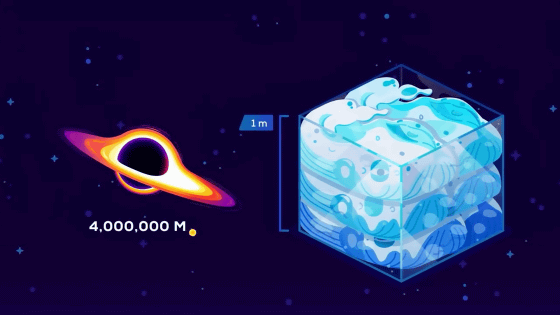
Furthermore, the supermassive black hole
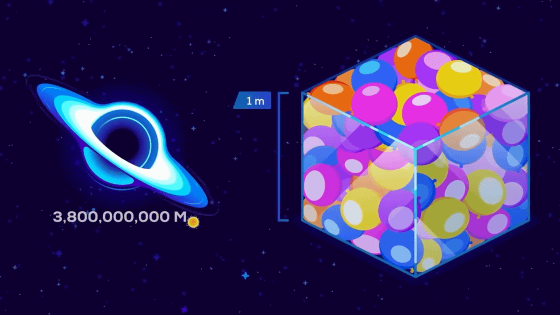
Theoretically speaking, if you were to fill a giant balloon with air and inflate it, the moment it reached the same size as our solar system, an '
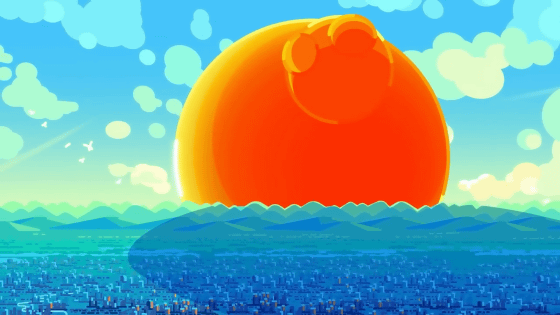
Next, let's think about the mass that exists throughout the universe. The universe as seen from Earth is a sphere with a radius of about 45 billion light years, filled with hundreds of billions of galaxies and vast amounts of gas and other matter.
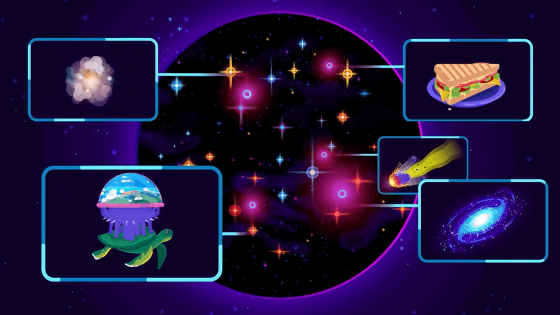
The total mass of these is about one
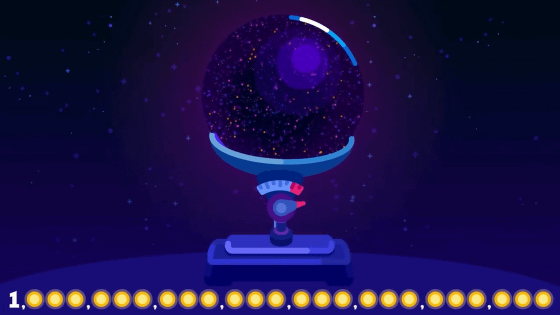
While this seems like a lot of mass, the universe is so vast that on average it isn't that dense: if you took all the galaxies, stars, gas and energy and spread them out evenly throughout the volume of the universe, the average density would be around five hydrogen atoms per cubic meter.
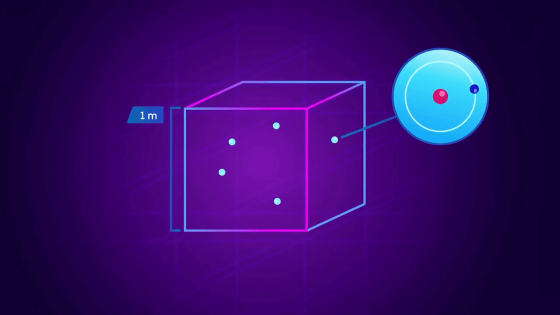
If you were to fill a balloon the size of the observable universe with 'space air' equivalent to five hydrogen atoms per cubic meter, you could create a black hole. In reality, this black hole would be about 10 times larger than the observable universe.
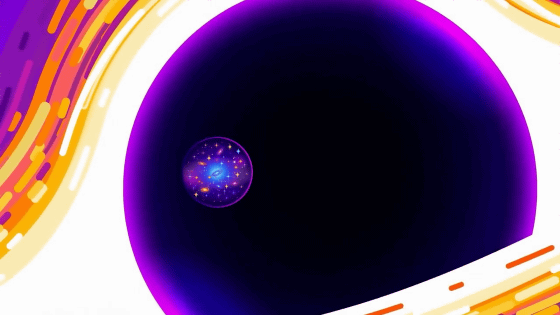
In other words, the universe can be thought of as 'living inside a massive black hole,' Kurzgesagt explains.
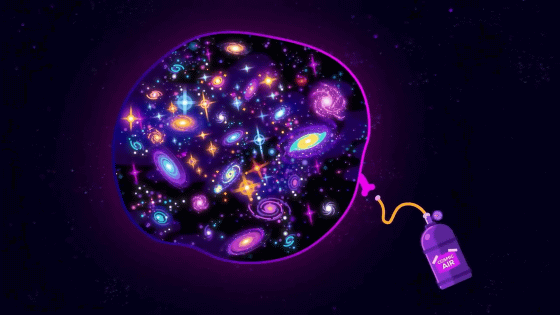
However, this theory overlooks the fact that the universe is constantly expanding. Since an expanding universe cannot exist inside a black hole, this theory is invalid.
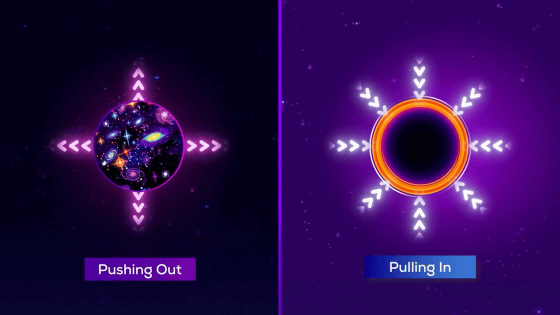
Behind this lies some 'wild, mind-boggling tricks' about black holes and the universe.

Black holes are generally thought of as objects with

From the outside, a black hole looks like a black sphere.

However, inside it, the roles of space and time are swapped, creating a strange state. Inside a normal sphere, space is finite and time continues forever. However, inside a black hole, space continues forever and time is finite.
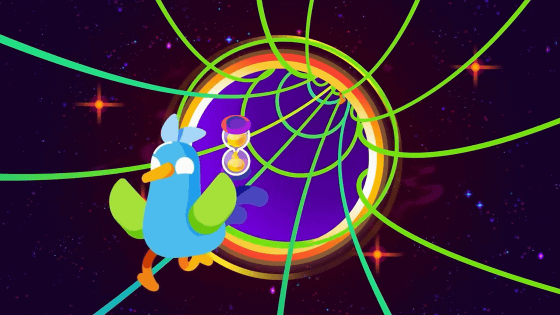
Inside a black hole, you can walk endlessly in one direction, or you can walk in another direction and still end up in the same place, but time inside a black hole is finite, and space itself gradually changes.

The entire universe inside the black hole is compressed, turning into spaghetti, and eventually the entire universe will collapse.

Every part of this collapsed universe becomes a singularity, which means the singularity of a black hole doesn't exist in a specific place, but in the 'future' of everything inside the black hole, Kurzgesagt explains.
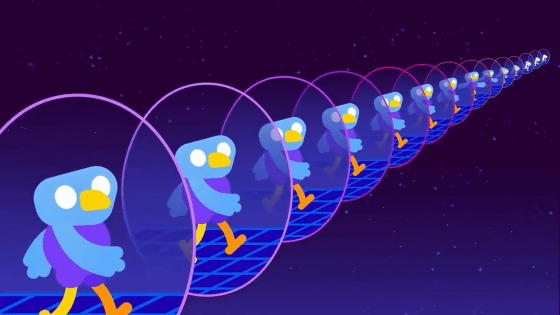
When a singularity is reached, everything inside the black hole is squashed into an infinitesimally small region, a scenario similar to the '
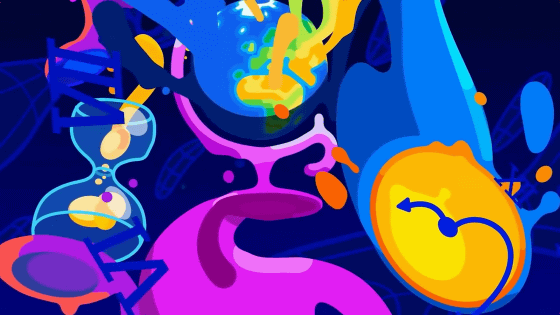
The Big Crunch is the idea that the universe, which was born from
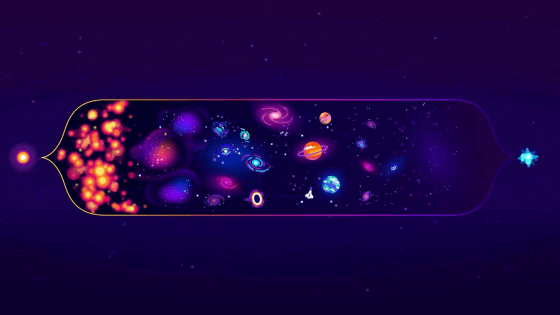
However, if a big crunch does occur, there is also the possibility of a '

'What's interesting about this scenario is that from the outside, the black hole looks unchanged and is still just a black sphere. It's possible that the universe was born through a big crunch and a big bounce inside the black hole, and that the entire universe is still inside the black hole,' Kurzgesagt said.
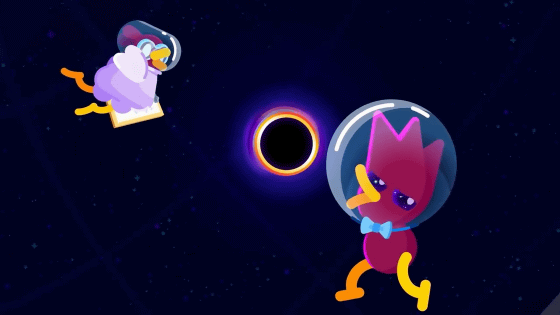
Another possible scenario is that the universe containing the black hole that contains this universe is inside another black hole, and that universe is inside another black hole, creating an 'infinite nesting structure of black holes and universes.'
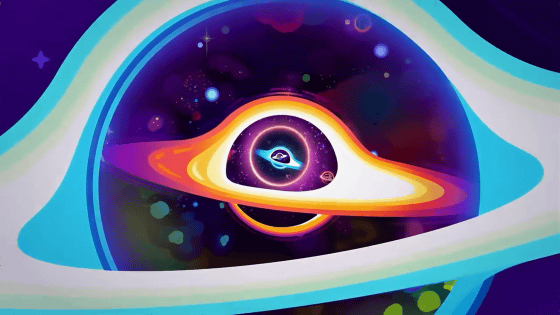
Kurzgesagt further argues that the situation in which the universe forms black holes, which in turn contain further black holes, may be 'the result of natural selection in a self-replicating universe.'
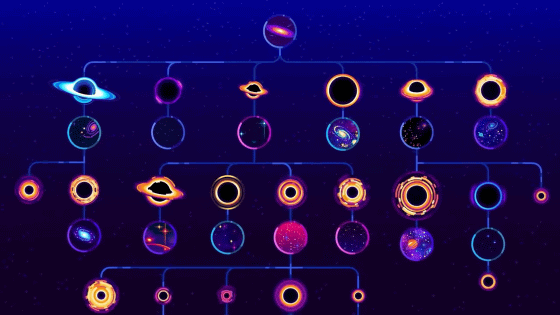
The Big Bang was a chaotic event, and each universe could have been slightly different, so some universes could have lots of black holes, while others might not have black holes or the galaxies and gas they need to form.
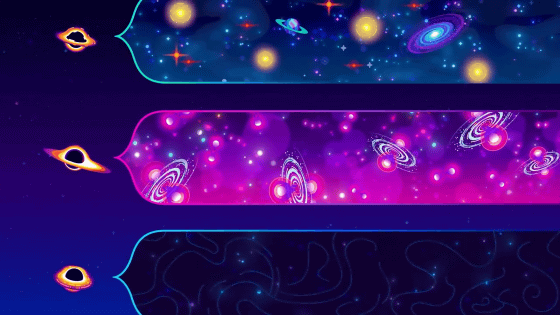
However, if all universes are born inside black holes, in the long run, all universes that do not form black holes will disappear. As a result, universes with the conditions to create a large number of black holes will become common and may increase in number.
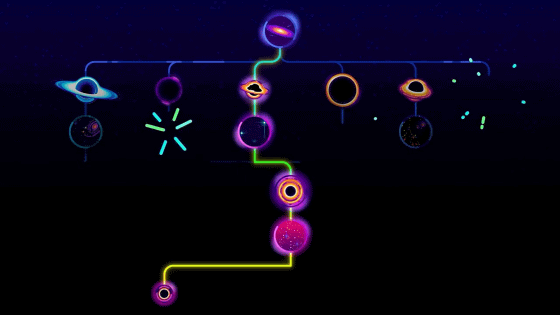
The universe has a huge number of black holes, which could be the result of 'natural selection of a universe that is favorable for black hole formation,' Kurzgesagt said.

Because black holes require galaxies, gas, and stars to form, a universe optimized for black hole formation would also be more likely to form these materials.
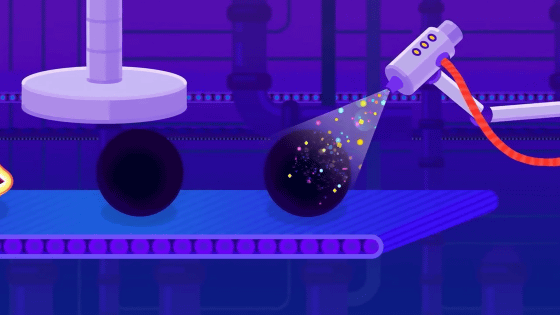
These materials are also related to the conditions for the emergence of life, meaning that a universe optimized for the formation of black holes may also be suitable for the birth of life.
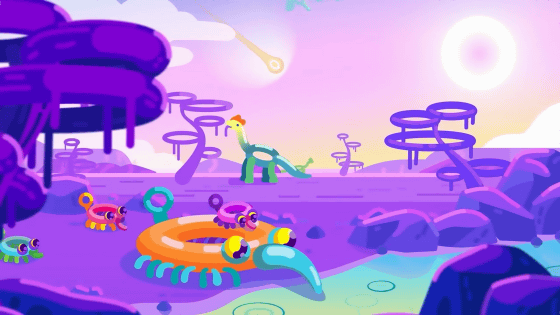
These theories are all theoretical, and they cannot actually test questions such as whether the universe exists inside a black hole or whether the universe is optimized to form black holes.

But, Kurzgesagt said, 'Isn't it amazing that we live in a universe where such big ideas are possible?'
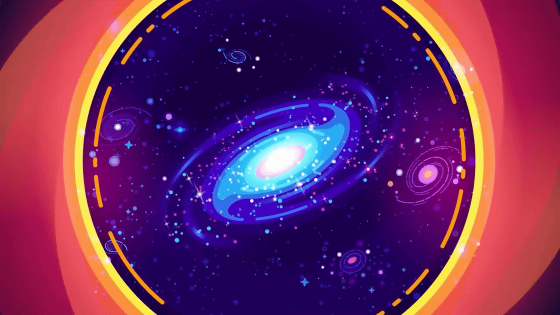
Related Posts:







